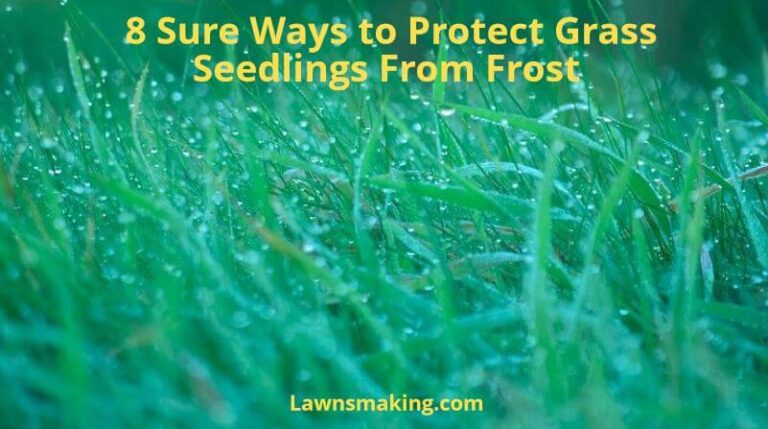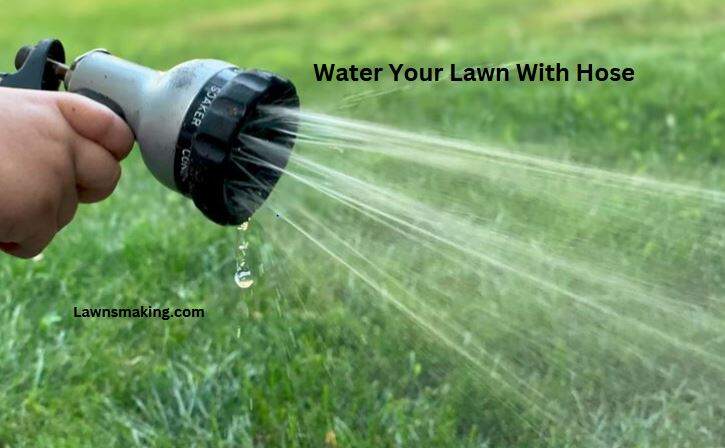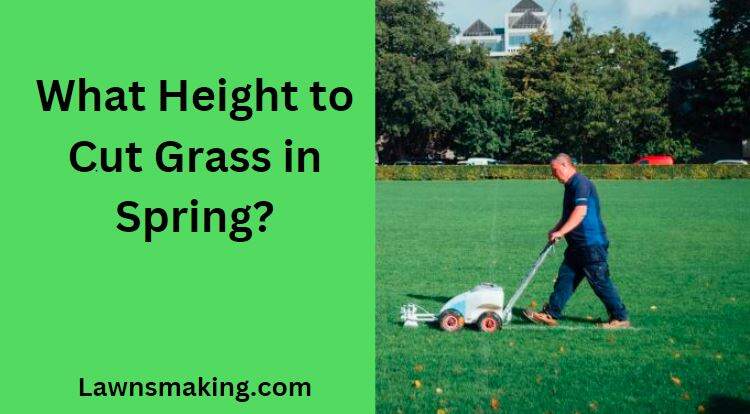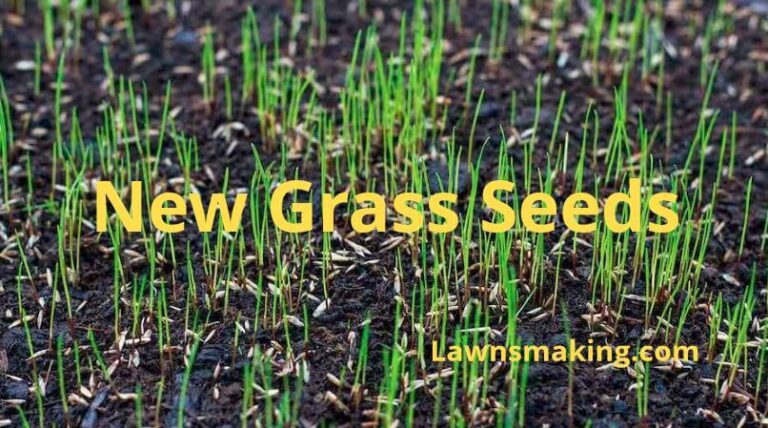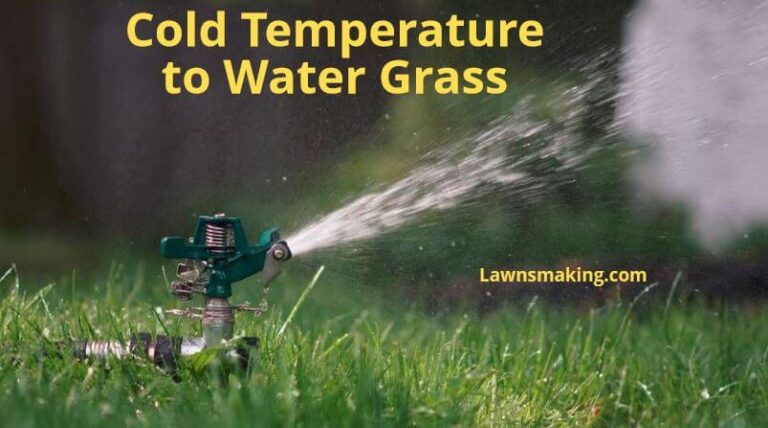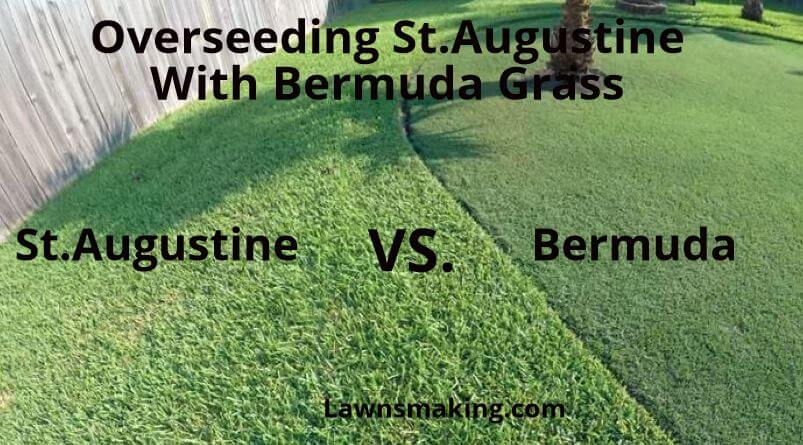
Is your St. Augustine lawn looking thin, patchy, and less vibrant than you’d like? Weak and damaged grass can lead to increased maintenance costs and a less appealing lawn. Discover how overseeding St. Augustine with Bermuda grass can reduce lawn care expenses while promoting a healthier, more vibrant turf.
Overseeding St. Augustine with Bermuda grass can help you transform your lawn’s resilience. St. Augustine grass struggles in cold winters and dry climates, leaving your lawn looking thin and patchy. By overseeding with Bermuda, you can enhance its resilience against harsh weather and pests while guaranteeing a lush green lawn year-round.
In this article, you will find answers to questions like, “Why overseed St. Augustine with Bermuda?” and “When is the best time to overseed St. Augustine with Bermuda?” I will also explore the benefits of overseeding St. Augustine with Bermuda and other related topics. Enjoy the read!improve resilience to pests and diseases.
What Is Lawn Overseeding?
Overseeding is a lawn care practice where new grass seeds are spread over an existing lawn. Overseeding primarily aims to help with lawn rejuvenation and turf thickening. However, it can also be done to manage weeds, enhance appearance, and
Lawns with cool-season grasses like fescue, ryegrass, and the Kentucky bluegrass benefit from overseeding since they experience thinning in hot summers.
Besides being cost-effective, lawn overseeding provides a sustainable way to maintain a lush and ever-green lawn year after year.
Consequently, consider overseeding to fill bare spots in a patchy lawn.
Why Overseed St. Augustine with Bermuda?
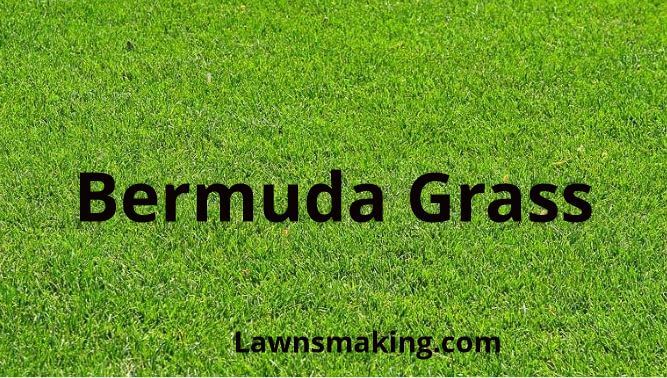
Bermuda grass is celebrated for its rapid growth, exceptional drought resistance, and vibrant green color. Introducing Bermuda grass alongside St. Augustine allows you to create a beautiful lawn that thrives in diverse conditions—from mild winters to scorching summers.
Additionally, According to the University of Maryland Extension, Bermuda grass has a creeping, spreading habit that will help you fill patches left by St. Augustine, resulting in a dense and lush turf.
Bermuda is also adaptable to different soil types and can withstand heavy foot traffic, making it an ideal partner for St. Augustine grass.
Here is a table comparing St. Augustine and Bermuda grass varieties:
| Characteristic | St. Augustine Grass | Bermuda Grass |
| Growth Habit | Lush, spreading | Dense, low-growing |
| Water Requirements | Moderate to high | Low to moderate |
| Ideal Climate | Warm, humid regions | Warm, arid to temperate areas |
| Maintenance Level | Moderate | Low |
| Shade Tolerance | Good in partial shade | Poor |
| Drought Tolerance | Fair | Excellent |
As you can see, overseeding St. Augustine with Bermuda allows homeowners to enjoy a powerful combination of benefits that can transform an unattractive lawn into a visually stunning and durable lawn.
Is Overseeding St. Augustine with Bermuda Right for Your Lawn?
If your lawn has brown patches or is thinning, overseeding with Bermuda can help. But remember, Bermuda needs more frequent mowing than St. Augustine. So, it’s suitable if you’re ready for a new maintenance routine
Remember that the decision to overseed your St. Augustine lawn with Bermuda should be based on different factors unique to your circumstances.
Climate plays a critical role in helping you determine whether overseeding with Bermuda is suitable for your lawn. While the St. Augustine is more versatile, Bermuda thrives in warm and sunny regions.
When Is the Best Time to Overseed St. Augustine With Bermuda?
Late summer and early spring are the ideal times to overseed St. Augustine with Bermuda grass for most regions. During this period, the prevailing soil temperatures are warm enough to promote Bermuda grass’s seed germination while St. Augustine emerges from dormancy.
Timing remains critical when overseeding your St. Augustine lawn with Bermuda. Nevertheless, your region and climate will play a significant role in determining the best time. Consequently, consider overseeding in early autumn if you reside in areas with mild temperatures.
Do not overseed St. Augustine and Bermuda grass during the hottest and coldest spells of the year since extreme temperatures may hinder successful seed establishment.
| Geographic Region/Climate Zone | Spring Overseeding Window | Fall Overseeding Window |
| Southern Coastal Regions | Late March to early May | Early September to mid-October |
| Northern Coastal Regions | Late April to early June | Early September to mid-October |
| Inland Southern Regions | Early April to late May | Late August to mid-September |
| Inland Northern Regions | Early May to late June | Late August to mid-September |
| Desert and Arid Regions | Late February to early March | Early September to mid-October |
Choosing the best timing carefully sets the stage for a thriving, healthy multi-grass lawn.
How should I prepare my lawn for overseeding?
To prepare your lawn for overseeding, mow your St. Augustine grass shorter than usual. This allows Bermuda grass seeds better access to the soil. If thatch has accumulated, consider dethatching for improved seed-to-soil contact.
According to the University of Nebraska-Lincoln Extension, lawn aeration is the best way to alleviate soil compaction. Consequently, consider improving aeration to facilitate enhanced nutrient and water absorption.
Also, ensure your lawn is free from leaves and debris before you begin overseeding with Bermuda grass.
Remember that proper lawn preparation is essential to a successful overseeding project, and creating an ideal environment for Bermuda grass’s growth will allow it to thrive alongside your St. Augustine.
How Can I Choose the Right Bermuda Grass Seed?
To choose the right Bermuda grass seed, match it with your local climate, sun exposure, and your lawn’s goals. Seek advice from a local nursery or garden center for the ideal Bermuda seed varieties for your specific requirements.
Please note that selecting the right Bermuda grass seed is a critical decision that significantly affects the outcome of your overseeding project.
- For warmer climates, you could opt for Bermuda varieties like Celebration or Tifway 419, famous for their vibrant green color and durability.
- Alternatively, consider hybrids such as the TifTuf or TifGrand if you desire fine-textured grass that boasts a manicured appearance.
Lastly, invest in high-quality seeds since investing in them is investing in your lawn’s beauty and health.
How Should I Apply Bermuda Grass Seed to My St. Augustine Lawn?
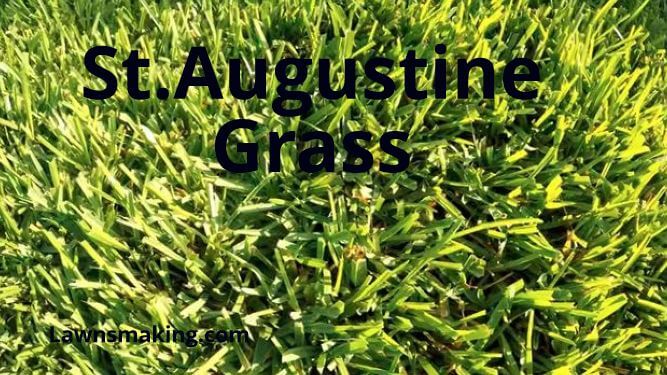
Calculate the recommended seeding rate for your chosen Bermuda grass variety to avoid under- or over-seeding. Use a broadcast spreader to evenly distribute the Bermuda seed in a crisscross pattern across your St. Augustine lawn for uniform coverage.
Please pay attention to thin or bare areas since they require slightly heavy seeding. After spreading the Bermuda seed, lightly rake the soil’s surface. The gentle raking action ensures proper seed-to-soil contact, essential for successful germination.
Conclude the Bermuda grass seed application by watering the area gently to settle the seed into the soil. Following these steps will maximize the chances of a thriving multi-grass lawn. Also, applying Bermuda grass seed to your lawn is vital in achieving even coverage while guaranteeing successful overseeding.
How Should I Water and Fertilize My Overseeded Lawn?
In the first weeks, lightly water your overseeded lawn to help Bermuda grass establish its roots. Maintain soil moisture without overwatering. Use a starter fertilizer with phosphorus to provide essential nutrients for early growth.
Proper fertilization and watering are crucial for nurturing your newly overseeded lawn, especially if you want to promote healthy growth.
Once the Bermuda grass is well-established, slowly transition to balanced lawn fertilizers to maintain the grass’s vigor. Lastly, regular fertilization, personalized to your specific grass varieties, promotes lush, green growth and helps your lawn thrive season after season.
How Should I Mow My Overseed Lawn?
Set your mower height to avoid cutting more than one-third of the grass blades, preventing stress on Bermuda and St. Augustine. Mow more frequently during Bermuda grass’s active growth in warm months.
Proper mowing will help you maintain an attractive and healthy overseeded lawn. For instance, do not cut your grass too short, as this may damage emerging Bermuda grass seedlings and encourage weed growth.
Conversely, with attentive mowing, nurturing a harmonious blend of St. Augustine and Bermuda grass that thrives throughout the year becomes a manageable feat.
Troubleshooting Common Problems With Overseeding
Despite your best efforts, you might encounter different challenges when overseeding St. Augustine with Bermuda grass. Some of the common issues you might encounter include;
- Soil compaction
- Uneven grass growth
- Weed encroachment
To combat weeds, opt for pre-emergent herbicides. These herbicides work by preventing the germination and establishment of weed seeds in the soil. However, practice caution when using pre-emergent herbicides since they may also inhibit Bermuda grass germination.
Fortunately, some pre-emergent herbicides are less inhibitory to Bermuda grass germination. Consider using Dithiopyr and Prodiamine since they are more Bermuda-grass friendly.
Seeking professional advice on the best pre-emergent herbicides to use when overseeding St. Augustine with Bermuda grass will help guarantee the successful establishment of Bermuda grass after overseeding.
Following the best watering and mowing practices will foster even grass growth after overseeding. Additionally, you can fix uneven growth by assessing the soil quality and considering proper aeration to enhance soil structure.
Compacted soil can hinder optimal nutrient and water absorption. Therefore, aerating can be beneficial.
Identifying and addressing these challenges timely will help you maintain an overseeding St. Augustine lawn that flourishes throughout the year.
What Are Some Tips for Maintaining a Healthy Overseeded Lawn?
Maintain a healthy overseeded lawn by following a consistent mowing schedule and adjusting the height as needed throughout the seasons. Implement pest control measures for protection. Ensure proper fertilization and watering, tailored to the needs of your grass varieties.
Moreover, periodic aeration and dethatching can help maintain soil health and ensure optimal growth conditions for both grass types.
Once your St. Augustine and Bermuda grasses have blended into a lush, vibrant lawn, ongoing maintenance guarantees long-term success.
By adhering to these maintenance tips, you will be on track to enjoying a stunning and vibrant lawn that isn’t affected by seasonal climate changes.
What Are the Benefits of Overseeding St. Augustine With Bermuda Grass?
Overseeding St. Augustine with Bermuda grass offers benefits like enhanced resilience against drought and reducing the risk of brown patches. Bermuda’s vibrant green color complements St. Augustine for an aesthetically pleasing multi-grass lawn.
Moreover, Bermuda’s ability to withstand heavy foot traffic makes it ideal for active outdoor spaces. Lastly, combining Bermuda’s warm-season and St. Augustine’s cool-season characteristics ensures your lawn remains green and inviting throughout the year.
The transformation achieved through overseeding St. Augustine with Bermuda presents numerous advantages, such as lasting beauty, versatility, and durability to your outdoor landscape.
Key Takeaways
Overseeding St. Augustine with Bermuda is a rewarding endeavor. Feel free to explore this comprehensive guide again if you need the knowledge and insights to embark on this journey.
By understanding the fundamentals of overseeding, selecting the best grass seed, and following proper preparation and maintenance steps, you will create a vibrant multi-grass lawn that thrives in diverse climatic conditions.
Moreover, combining St. Augustine’s lush appearance and Bermuda grass’s resilience will result in a visually appealing, durable, year-round green lawn. Don’t hesitate to explore this lawn care opportunity, especially if you want a flourishing, vibrant, cosy outdoor space.
Happy overseeding!
